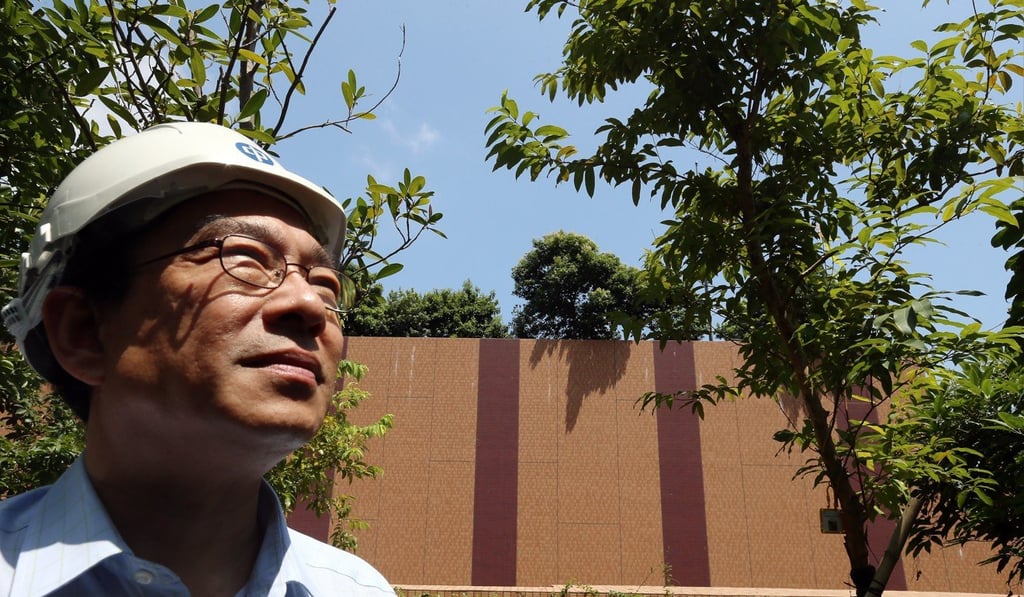Advertisement
Typhoon Mangkhut caused havoc with Hong Kong’s trees because city doesn’t know how to plant them properly, say university researchers
- Study by Education University suggests shallow root system and poor quality soil to blame
- More than 60,000 trees were lost in severe storm last year
Reading Time:2 minutes
Why you can trust SCMP
0

Many of the trees that were uprooted by Typhoon Mangkhut last year had already been weakened by poor management, a study by Education University has found.
Researchers from the university said the tree management section of the Development Bureau had not done enough to prevent trees being felled by typhoons.
Limited space and poor quality soil weakened trees to the extent they could not withstand storm-force winds, according to research conducted by the university.
“This is because the way we plant trees is wrong,” said Professor Jim Chi-yung, the research chair of geography and environmental science.

Researchers studied more than 4,000 photos of around 2,000 trees in the city knocked down by the typhoon, and assessed issues with the trees by analysing the images.
Advertisement